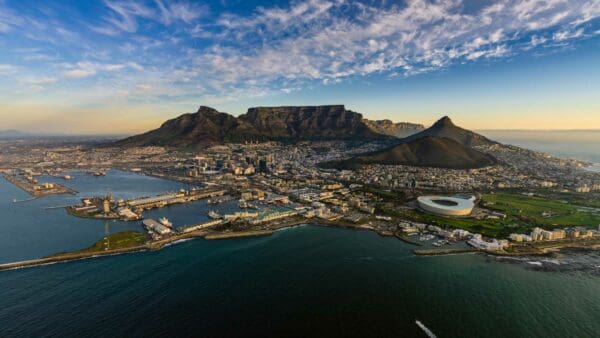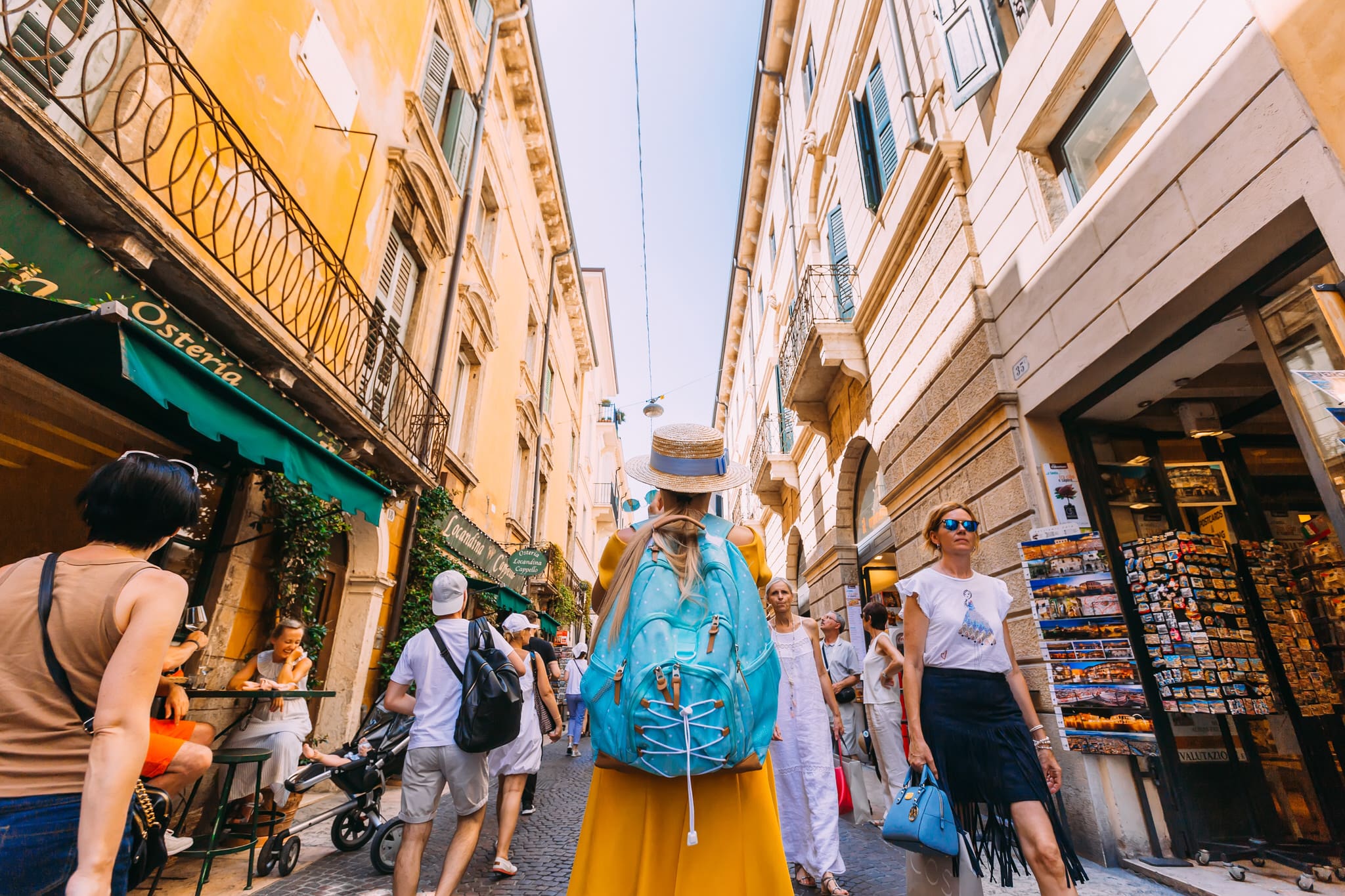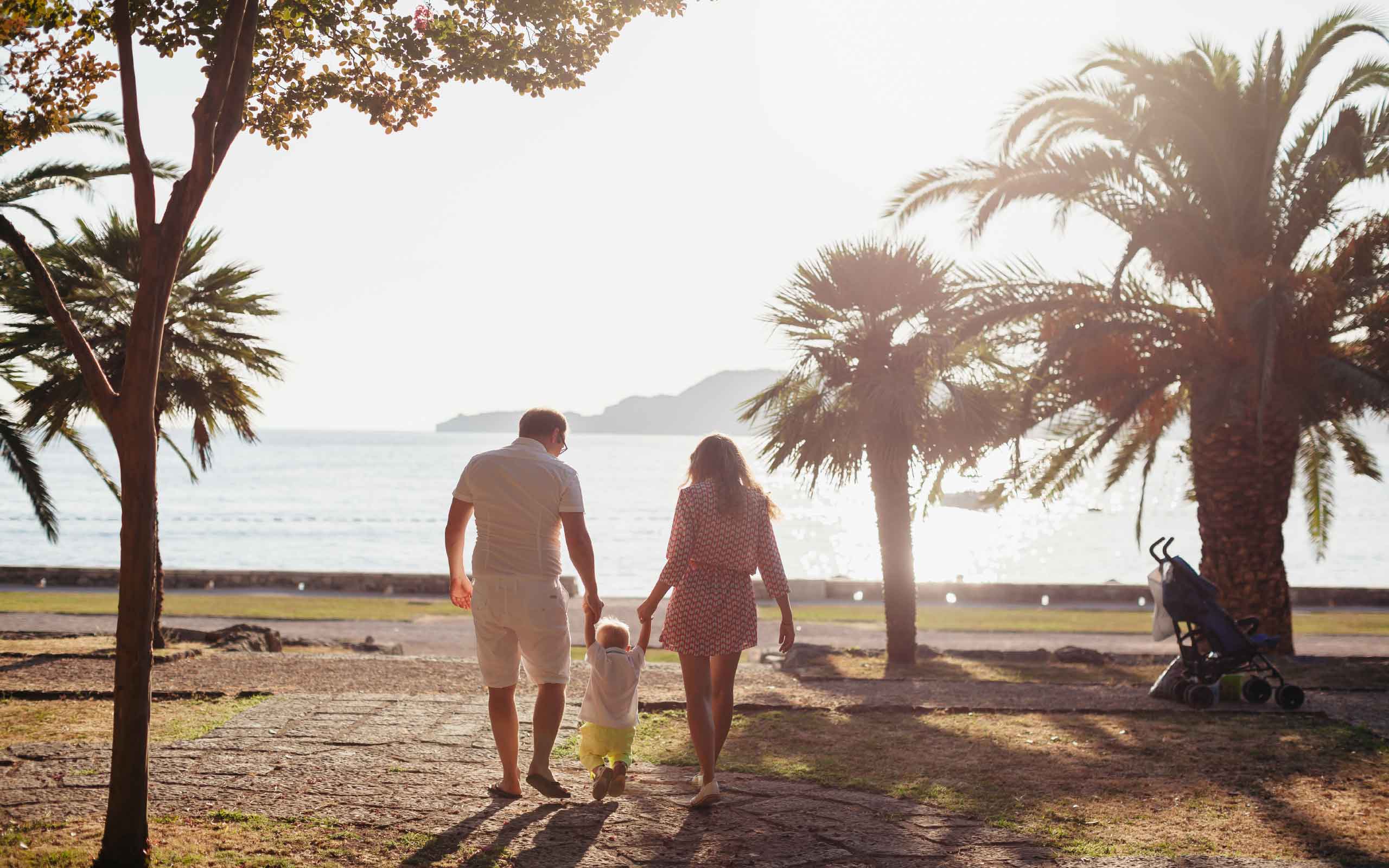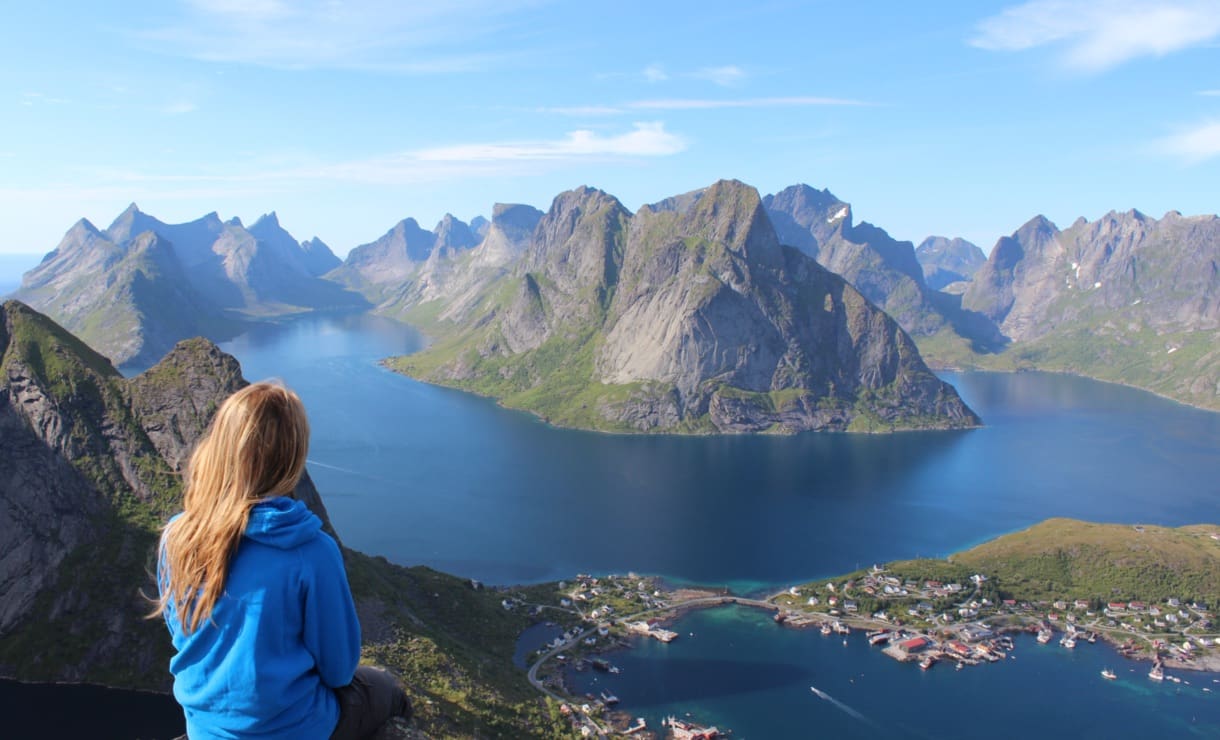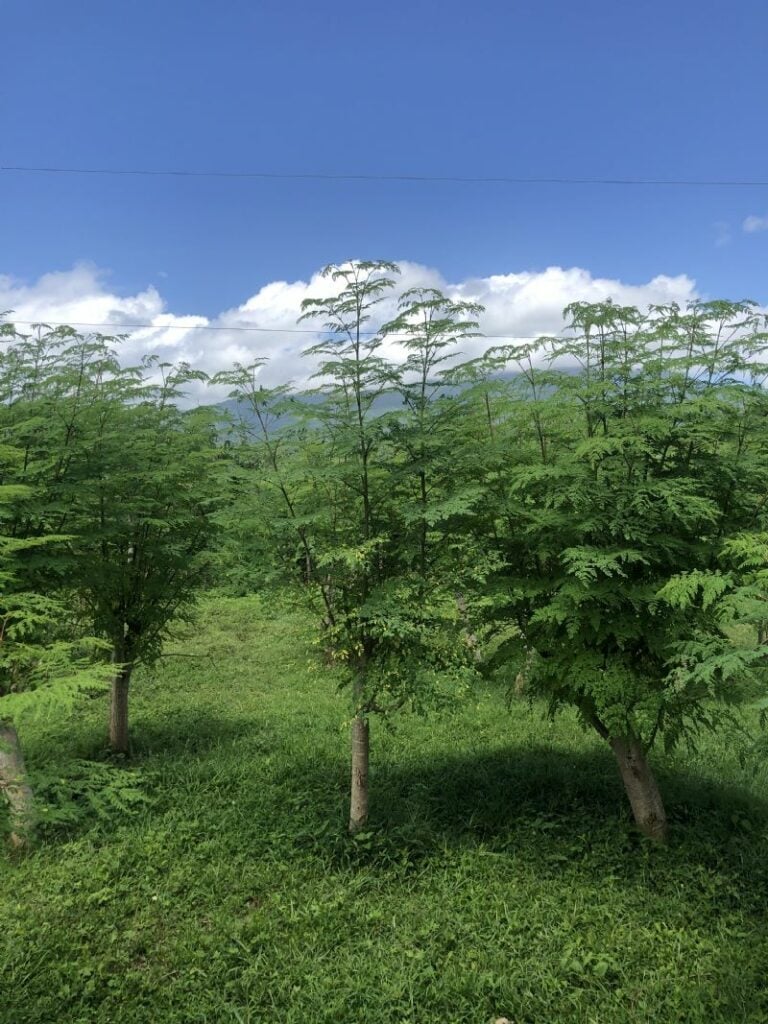
•improves sleep- Steep moringa leaves in hot water for 15 minutes and drink it before you go to bed for a good night’s rest.
•high in fiber- helps constipation
•source of zinc and can regulate blood sugar levels which can help manage or even prevent diabetes
•source of iron
•source of calcium- helps with arthritis
•lowers cholesterol
•death of cancer cells
•reduce lipids-improve heart health
•The oil extracted from moringa seeds contains almost 30 antioxidants
•skincare- The oil obtained from moringa seeds can be used as a moisturizer or used to treat skin problems like skin rashes and sunburn
Because the maximum nutrients and health benefits come from fully dried moringa leaves we set out to build a drying rack. My super talented squad mates created 2 of these drying racks.
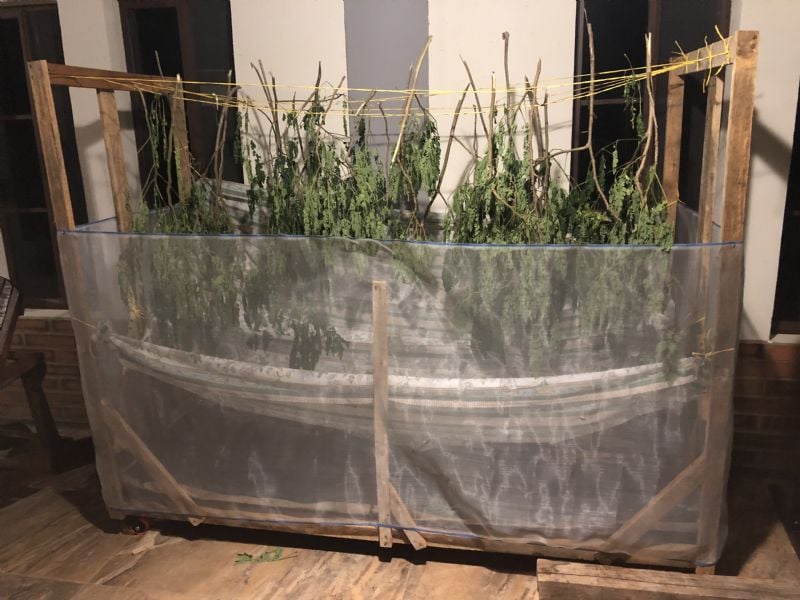
So the entire process has involved chopping down branches with a machete, drying the leaves, collecting the leaves and grinding them into powder, and then using a fun contraption to turn the powder into capsules that Scott will start giving out. We’re not sure what to do about the bitter tasting seeds yet, but I’m praying the future teams who come to Reap can keep moving forward with the project. Many of the locals don’t like the taste of the leaf powder, hence the capsules.
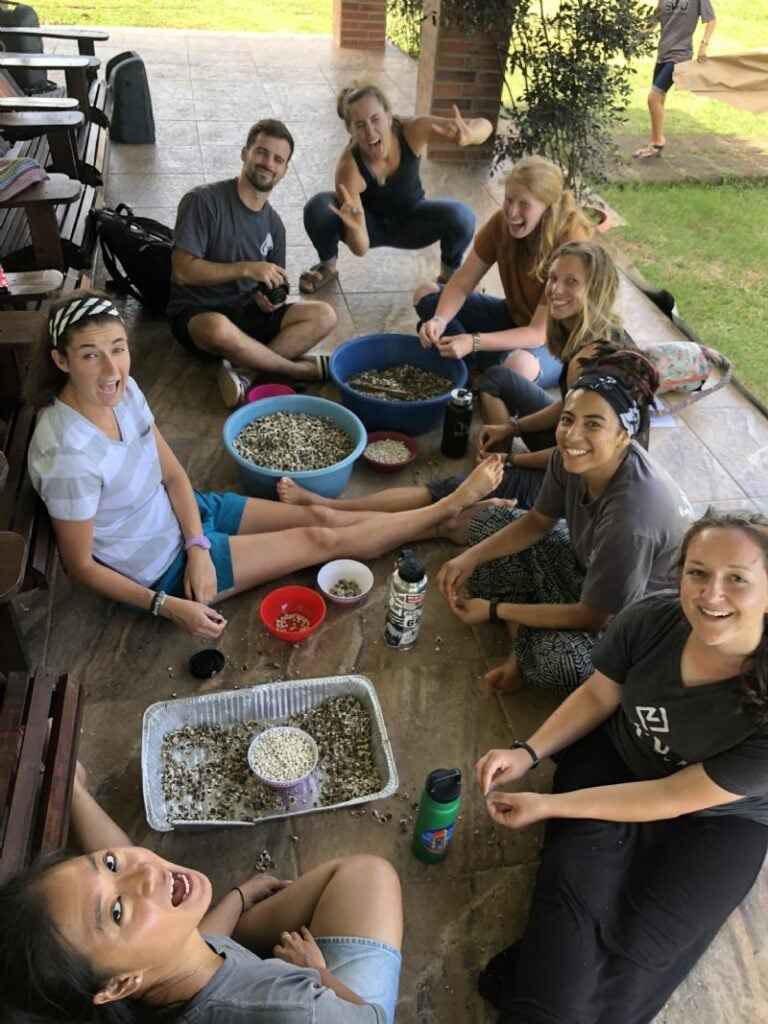
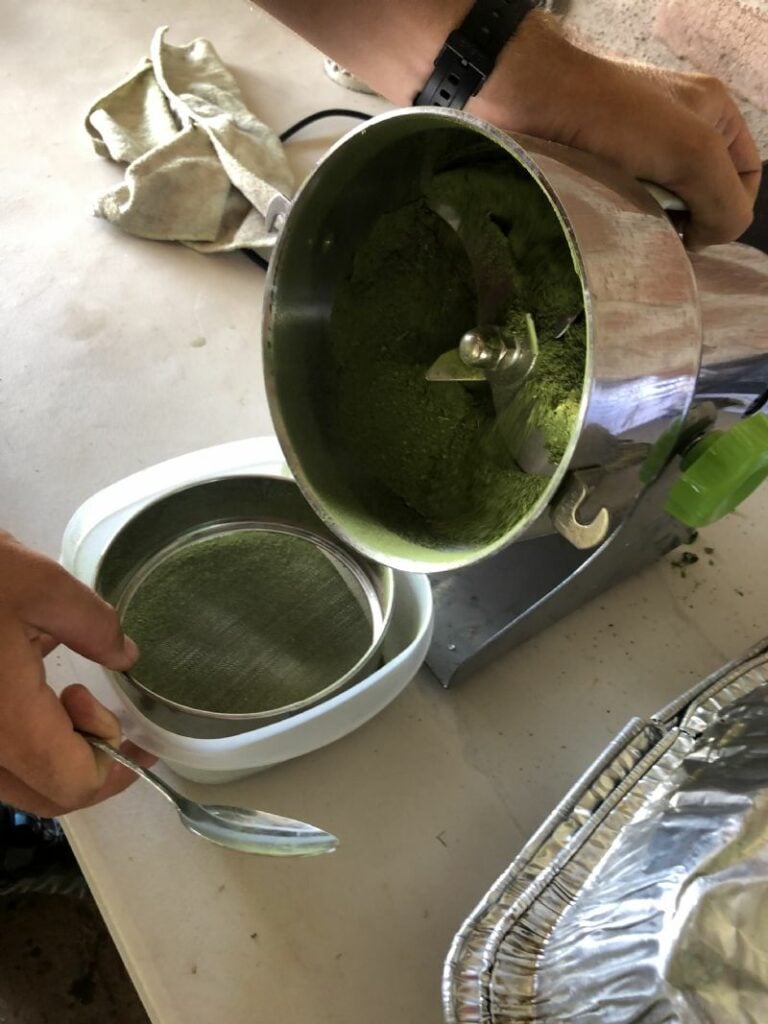

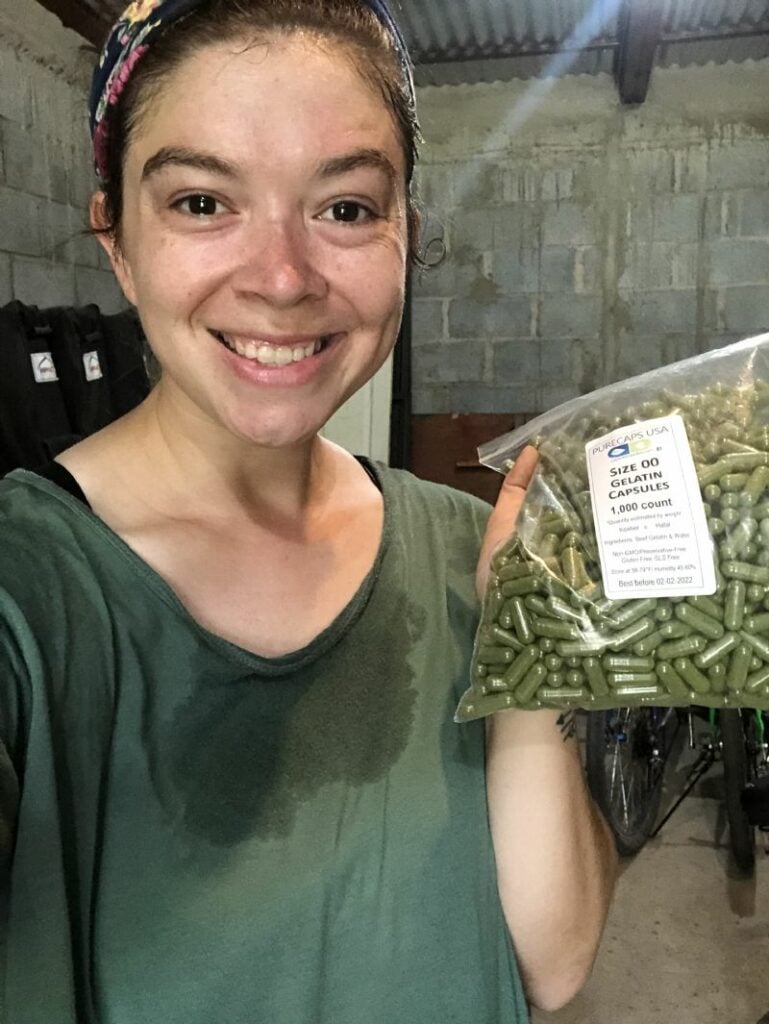
I have learned so much through this project. I learned that my love for Nursing and medicine goes even further than patient care. I’ve learned that God provides for His people in ways we can’t imagine- through life giving trees that barely cost anything. This project got me excited about something for the first time in a long time. I learned that I have more to bring to the table than I think. That my knowledge and love for research can be impactful. I’ve learned that just sitting and cracking seeds for hours can lead to amazing conversations with people.
So yeah- that’s a lot of what I have been doing this month in Nicaragua! Now I just need to figure out how to grow moringa trees in the States 😉



